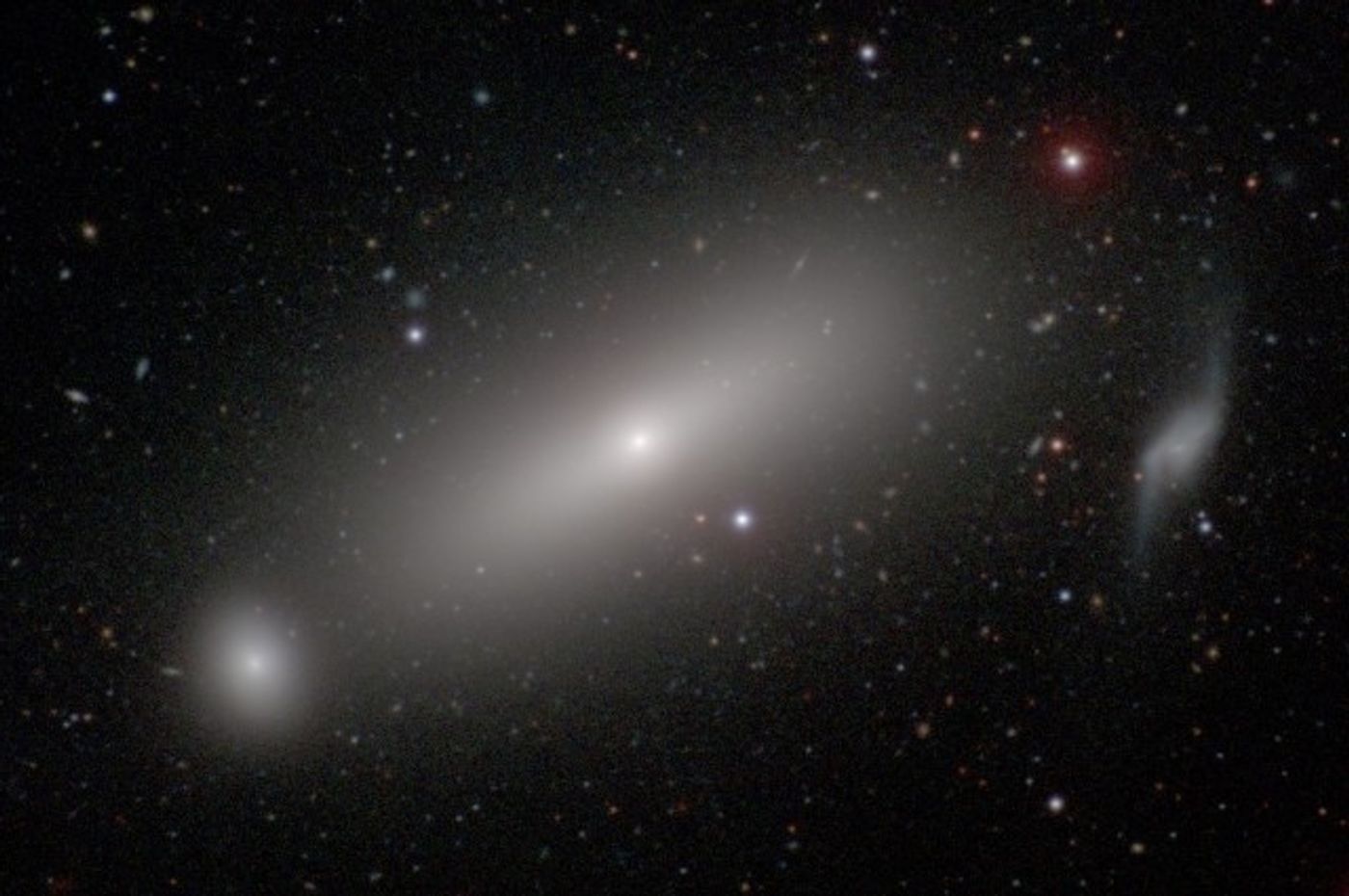Black Hole Found to Have Mass of 660 Million Suns in Measurements
Black holes are some of the most misunderstood objects of the universe. Little is known about them, and it seems our theories about them change from day to day.
Nevertheless, what we do know about them is that they’re big and they’re invisible unless they’re travelling across light, in which the gravitational pull from the black hole actually bends the light rays and gives anything behind it (from our perspective) a weird glass lens distortion effect.

Scientists recently had the opportunity to measure the mass of a supermassive black hole around 73 million light years away from Earth inside of the galaxy NGC 1332. They had used the Atacama Large Millimeter Array (ALMA) to come up with the measurements they took.
The findings, which appear in the Astrophysical Journal Letters, reveal that the supermassive black hole has an astoundingly high amount of mass packed into a small package.
The mass was measured at 660 million times the mass of our Sun. To put that into perspective, the Sun has a mass of 1.989 x 1030 kilograms, or 330,000 times the mass of our Earth.
Yeah… that’s a lot of mass, especially for just one black hole. On the other hand, it was a supermassive black hole, which is just a little different than your average black hole. These kinds of black holes are larger than your average ones and are typically found at the center of galaxies.
Moreover, it’s believed to have a cloud of gas moving around it at an excess of 1.1 million miles per hour.
"This is the first time that ALMA has probed the orbital motion of cold molecular gas well inside the gravitational sphere of influence of a supermassive black hole," Aaron Barth, an author from the University of California, Irvine said in a statement. "We are directly viewing the region where the cold gas is responding to the black hole's gravitational pull."
The findings are thought to be some of the most accurate measurements of a black hole’s mass to date, and the scientists behind the findings hope that the numbers will help us to better understand black holes, and even our universe in general.
Source: UCI, Rutgers








